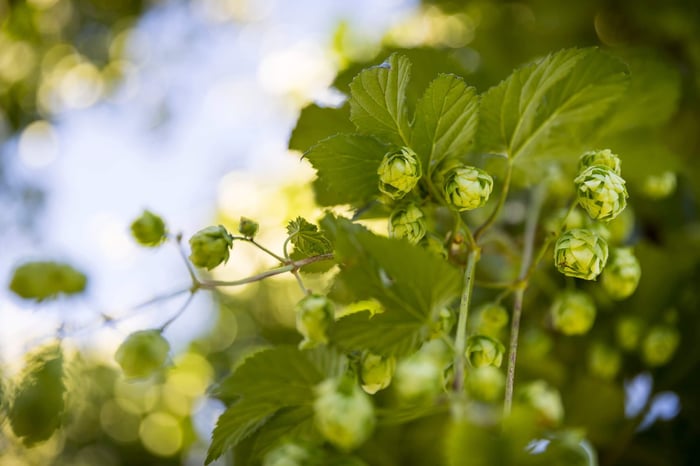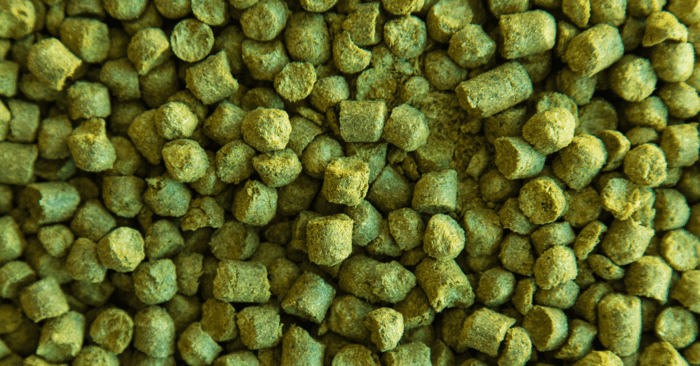Ever wonder why your buddy's IPA tastes so different from yours, even when you used the same recipe? The secret might be hiding in plain sight – it's all about the yeast. We've said it before and we'll say it again: brewers make wort, but yeast makes the magic happen. Think of yeast as your brewing co-pilot, and choosing the right strain is like picking the perfect wingman for your beer adventure.
Breaking Down the Yeast Universe
Let's start with the basics that every brewer should know. You've got two main players in the yeast game: Saccharomyces cerevisiae (ale yeast) and Saccharomyces pastorianus (lager yeast). It's like choosing between a sports car and a pickup truck – both will get you where you're going, but they'll take completely different routes.
Ale yeasts are the extroverts of the yeast world. They love hanging out at room temperature (64-71°F) and create those beautiful fruity notes that make your pale ales sing. These top-fermenting champions can handle higher alcohol levels and work fast – perfect for when you're itching to taste your latest creation.
Lager yeasts? They're the strong, silent types. Working their magic in cooler conditions (46-59°F), they take their time to create that clean, crisp finish we all associate with a perfectly executed pilsner. These bottom-fermenters are thorough workers, consuming sugars completely to deliver that signature lager clarity.
The Flavor Chemistry Behind Great Beer
Esters: Nature's Fruit Bowl
Think of esters as your beer's natural fruit basket. These compounds give you those delightful apple, pear, and tropical notes that can elevate a good beer to greatness. But here's the catch – too much of a good thing can turn your masterpiece into a fruit salad gone wrong.
The beauty of ester control lies in your fermentation management. Proper wort oxygenation is your first line of defense. More oxygen at pitch time means fewer esters in your final beer. Temperature control is equally crucial – let that fermentation run hot, and you'll be swimming in esters whether you want them or not.
Pro tip: Higher gravity beers naturally produce more esters. This is why getting that imperial stout just right requires extra attention to your fermentation conditions.
Carbonyls: The Good, The Bad, and The Butterscotch
With over 200 carbonyl compounds potentially hanging out in your beer, these guys can make or break your brew. You've probably encountered acetaldehyde – that green apple flavor that screams "I'm not ready yet!" It's like tasting unripe fruit; your beer is telling you it needs more time with the yeast.
Then there's diacetyl, the butterscotch bandit. A little bit might work in certain styles, but too much turns your beer into a movie theater butter disaster. A Diacetyl rest can help you manage this compound, especially in lager production.
Phenolics: The Spice of Beer Life
Phenolic compounds are like seasoning – a little can enhance your beer, but too much ruins the dish. Belgian strains are masters at producing desirable clove and banana notes, while other strains keep these flavors in check. But watch out for chlorophenols from heavily chlorinated water – nobody wants their beer tasting like a swimming pool!
Making the Right Choice for Your Brew
Choosing yeast isn't just about ale versus lager. Consider what story you want your beer to tell. Are you crafting a hop-forward IPA where you want the yeast to stay in the background? Reach for a clean American ale strain. Planning a Belgian wit where yeast character is part of the show? Those specialized Belgian strains are your ticket to authenticity.
Here's what we think about when selecting yeast:
- What style compatibility does the strain offer?
- How will it handle your target alcohol level?
- Do you have the temperature control for proper fermentation?
- What flavor profile are you chasing?
Remember, the best brewers aren't afraid to experiment. Once you understand the fundamentals, try pushing boundaries.
Your Next Brewing Challenge
We'd love to hear about your yeast experiences! What strains have surprised you? Which ones have become your go-to choices? Drop us a line – we're always excited to swap brewing stories and learn from fellow brewers.
Ready to take your yeast game to the next level? Shop Grainfather USA for everything you need to perfect your fermentation game.
Grainfather Team










